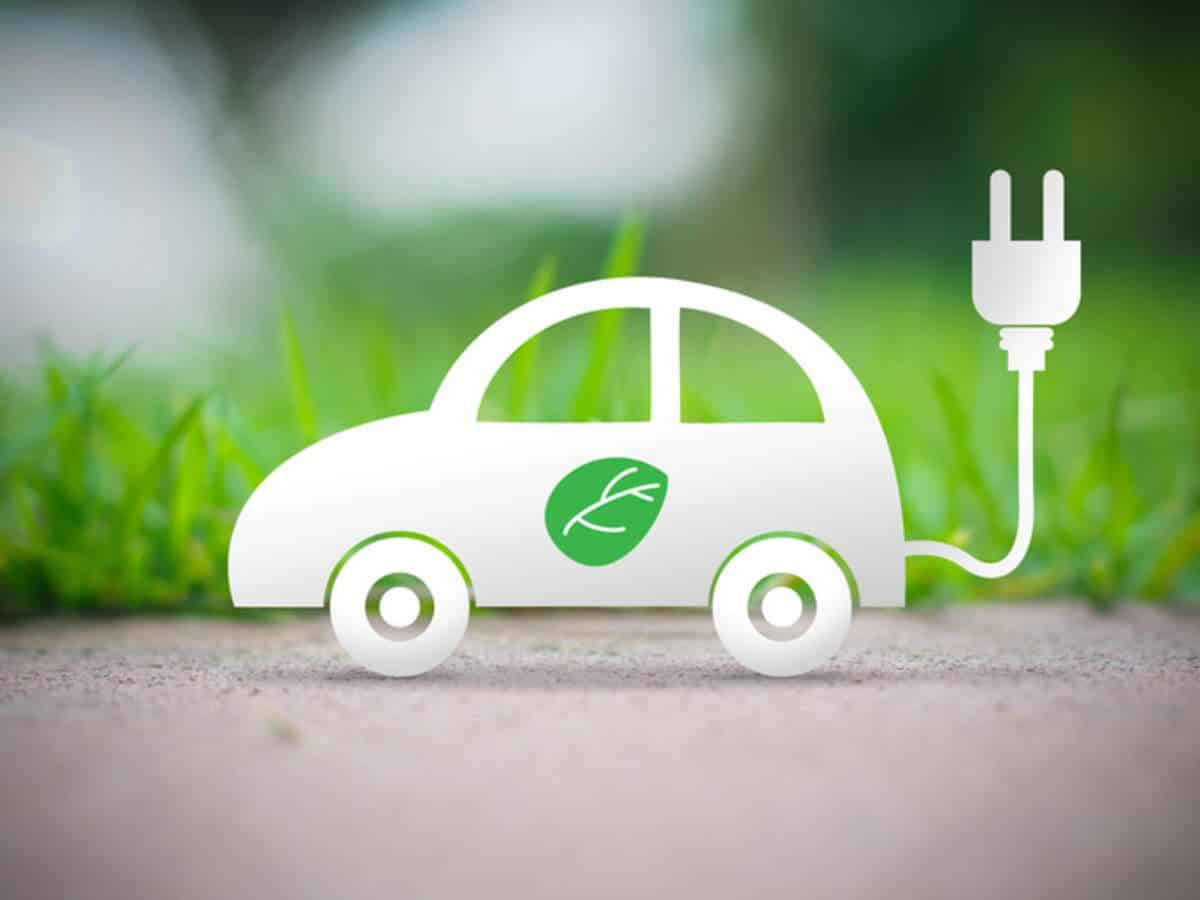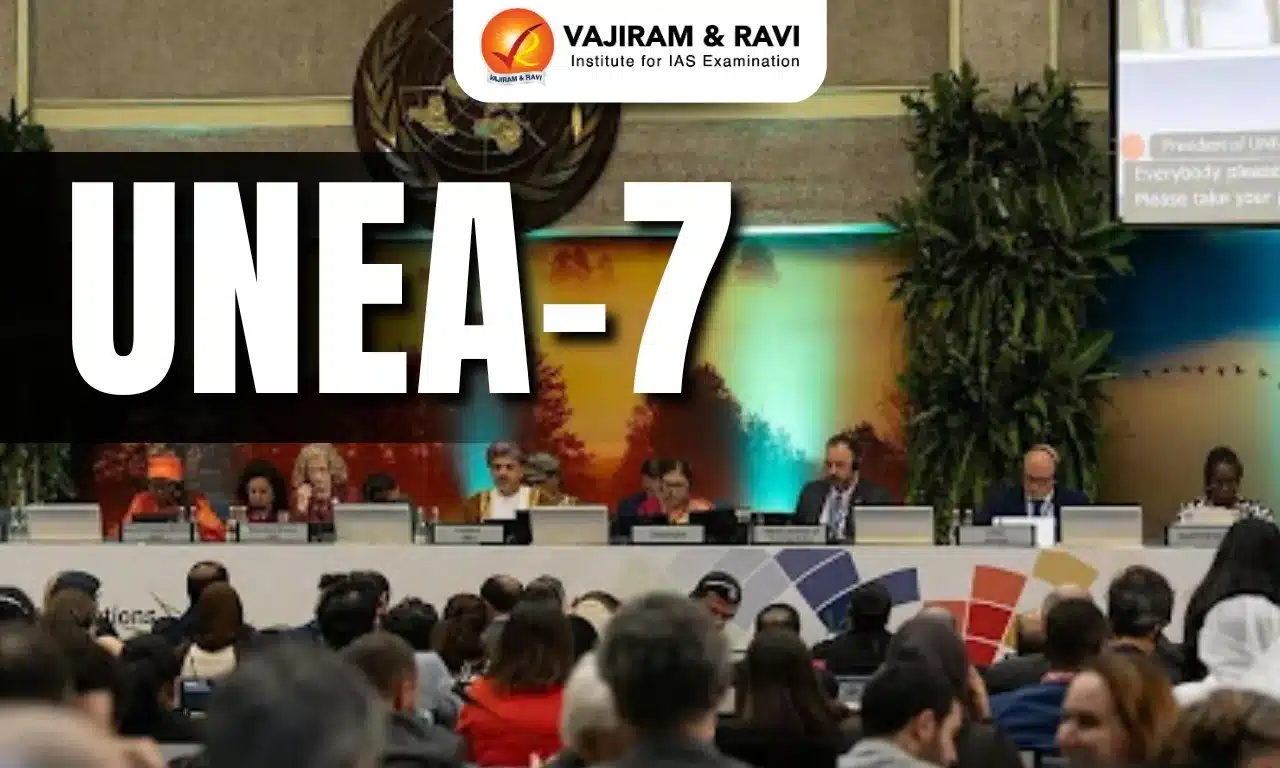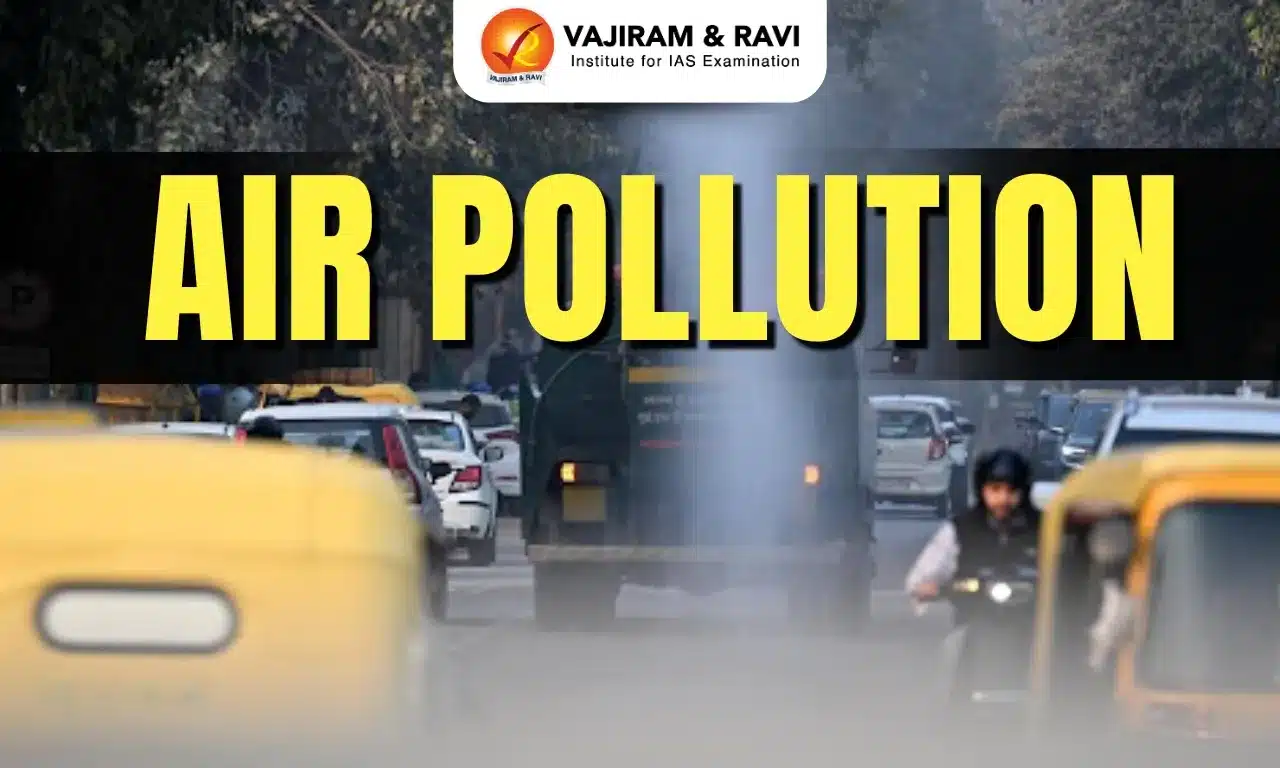What’s in today’s article?
- Why in News?
- 4 Types of EVs
- EV Sales in India
- Some Major Schemes/ Initiatives for Promoting EVs in India
- Issues in BEV push
- Alternatives of BEVs
- Conclusion
Why in News?
- India’s electric mobility plan is largely focussed on battery electric vehicles (BEVs) replacing internal combustion engine (ICE) vehicles, with Li-ion seen as the most viable battery option for now.
4 Types of EVs:
- HEVs (Hybrid EVs): They combine a conventional ICE system with an electric propulsion system, resulting in a hybrid drivetrain that substantially lowers fuel usage. Example, Toyota Hyryder in India.
- PHEVs (Plug-in hybrid vehicles): They have a hybrid drivetrain that uses both an ICE and electric power for motive power, backed by rechargeable batteries that can be plugged into a power source. Example, Chevrolet Volt.
- BEVs: They have no ICE or fuel tank, and run on a fully electric drivetrain powered by rechargeable batteries. Example, Tata Nexon in India, or the Nissan Leaf and Tesla Model S.
- FCVs (Fuel cell vehicles): FCVs combine hydrogen and oxygen to produce electricity, which runs the motor, and the only residue of the chemical process is water. Example, Toyota’s Mirai and Honda’s Clarity.
EV Sales in India:
- Over the previous three years, EV sales have increased by more than 2,218%.
- The total EVs sales is currently around 5%. Cumulative sales of EVs in India crossed the 1 million milestone for the first time in 2022-23. 2-wheelers accounted for more than 60% of all EV sales.
- The government target for EV sales by 2030 is 30% of private cars, 70% for commercial vehicles and 80% for two and three-wheelers.
- India has pushed e-mobility to fulfill two major objectives – to cut emissions and reduce costly fuel imports.
Some Major Schemes/ Initiatives for Promoting EVs in India:
- National Electric Mobility Mission Plan (NEMPP) 2020: It was launched in 2013, with targets like 400,000 passenger BEVs by 2020 in order to avoid 120 million barrels of oil imports and 4 million tons of CO2.
- The Faster Adoption and Manufacturing of Electric and Hybrid Vehicles in India (FAME India) scheme:
- It was launched by the Ministry of Heavy Industry in 2015, as part of the NEMPP.
- Under the scheme, subsidies are being given to promote manufacturing of electric and hybrid vehicle technology and to ensure sustainable growth of the same.
- Production-linked incentive (PLI) Scheme – National Programme on Advanced Chemistry Cell (ACC) Battery Storage: ACCs can store electric energy either as electrochemical or as chemical energy and convert it back to electric energy as and when required.
- Go Electric Campaign: It was launched to educate the general public on the benefits of e-mobility, inform the potential EV owners about the Government incentives for EV adoption, etc.
Issues in BEV push:
- Upfront subsidy: The BEV experience across markets from Norway to the US and China shows the electric push works only if it is backed by state subsidies.
- However, the problem is that much of the subsidy/ tax breaks ends up in the hands of the middle or upper middle classes, who are typically the buyers of battery electric 4-wheelers.
- Charging network: A World Bank analysis found that investing in charging infrastructure is 4-7 times more effective in EV adoption than providing upfront purchase subsidies.
- In India, only about 2,000 public charging stations are currently operational across the country.
- Unique charging infrastructure demands: Because the vehicle mix is dominated by two- and three-wheelers.
- Most e-2W and 3W models (unlike cars, buses) in India are suited to slow charging, and battery-swapping is emerging as an alternative for cases where fast charging is required.
- Electricity source: In several countries that have pushed EVs, much of the electricity is generated from renewables – Norway has 99% hydroelectric power.
- In India, the grid is still fed largely by coal-fired thermal plants.
- Value chain: More than 90% of the global Li production is concentrated in Chile, Argentina, and Bolivia alongside Australia and China.
- Therefore, India would be almost entirely dependent on imports from a small pool of countries to cater to its demand.
Alternatives of BEVs:
- Hybrids: The hybrid technology is seen as a good intermediate step towards achieving the all-electric goal. However, hybrids too have the issue of Li-ion batteries being the main source.
- Ethanol and flex fuel: A flexible/ flex fuel vehicle has an ICE, but unlike a regular petrol or diesel vehicle, it can run on more than one type of fuel, or even a mixture of fuels such as petrol and ethanol.
- FCEVs and Hydrogen ICE: Hydrogen FCEVs are practically zero emission (Hydrogen ICE vehicles are not), but a major hurdle to their adoption has been the lack of fueling station infrastructure.
- Safety is also a concern as hydrogen is pressurised and stored in a cryogenic tank.
- Synthetic fuels: German manufacturer Porsche is developing a synthetic fuel that it says can make an ICE as clean as an EV.
Conclusion:
- Currently, the Government of India offers clear tax incentives for primarily one category of cars – BEVs, with practically all other vehicular technological platforms clubbed together towards the upper end of the tax bracket.
- Seeing the challenges associated with BEVs (and opportunities offered by the other technologies), the government needs to promote other alternative technologies alongside BEVs.
Q1) How does an internal combustion engine work?
In an internal combustion engine, the ignition and combustion of the fuel occurs within the engine itself. The engine then partially converts the energy from the combustion to work.
Q2) How does an electric car work?
EVs receive energy from a charging station and store the energy in its battery. The battery gives power to the motor which moves the wheels. Many electrical parts work together in the background to make this motion happen.
Last updated on December, 2025
→ Check out the latest UPSC Syllabus 2026 here.
→ Join Vajiram & Ravi’s Interview Guidance Programme for expert help to crack your final UPSC stage.
→ UPSC Mains Result 2025 is now out.
→ UPSC Notification 2026 is scheduled to be released on January 14, 2026.
→ UPSC Calendar 2026 is released on 15th May, 2025.
→ The UPSC Vacancy 2025 were released 1129, out of which 979 were for UPSC CSE and remaining 150 are for UPSC IFoS.
→ UPSC Prelims 2026 will be conducted on 24th May, 2026 & UPSC Mains 2026 will be conducted on 21st August 2026.
→ The UPSC Selection Process is of 3 stages-Prelims, Mains and Interview.
→ UPSC Result 2024 is released with latest UPSC Marksheet 2024. Check Now!
→ UPSC Prelims Result 2025 is out now for the CSE held on 25 May 2025.
→ UPSC Toppers List 2024 is released now. Shakti Dubey is UPSC AIR 1 2024 Topper.
→ UPSC Prelims Question Paper 2025 and Unofficial Prelims Answer Key 2025 are available now.
→ UPSC Mains Question Paper 2025 is out for Essay, GS 1, 2, 3 & GS 4.
→ UPSC Mains Indian Language Question Paper 2025 is now out.
→ UPSC Mains Optional Question Paper 2025 is now out.
→ Also check Best IAS Coaching in Delhi

















